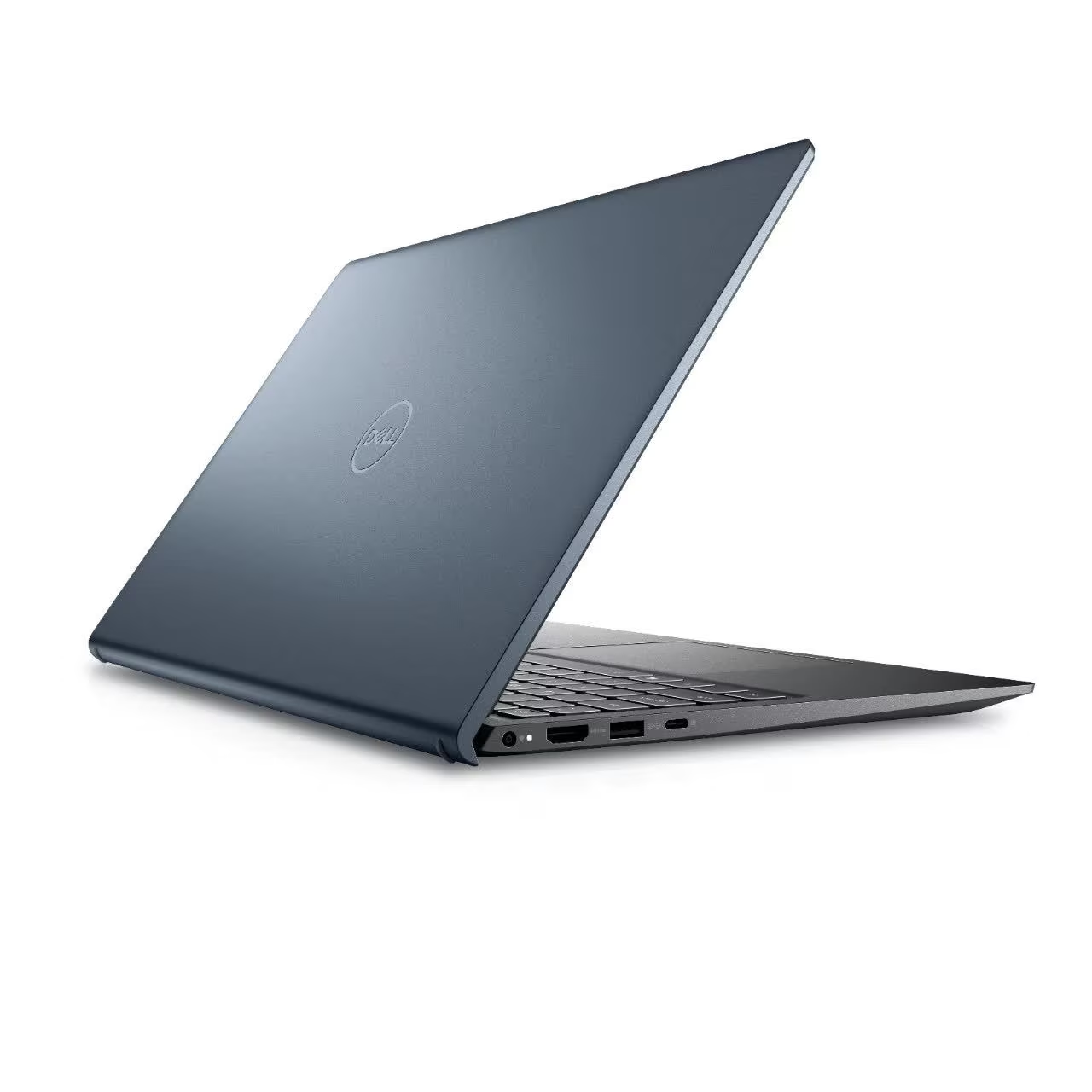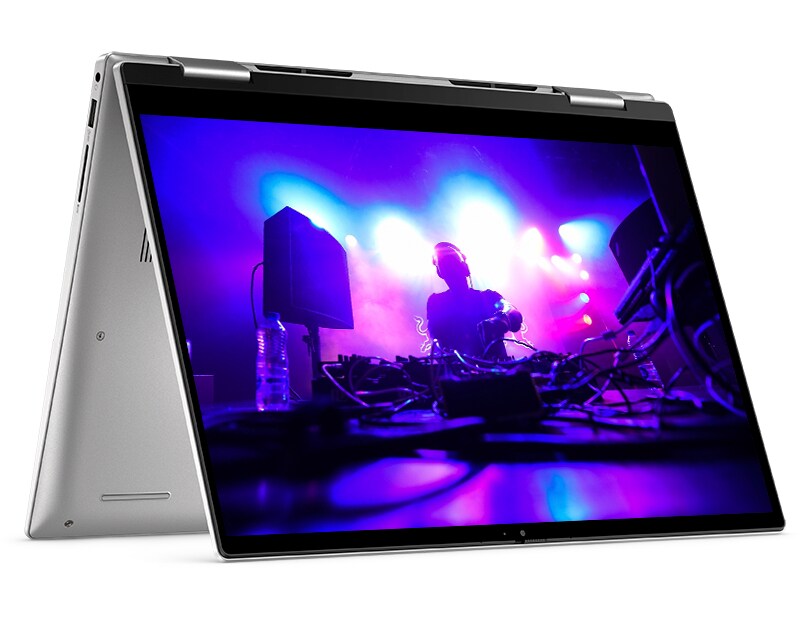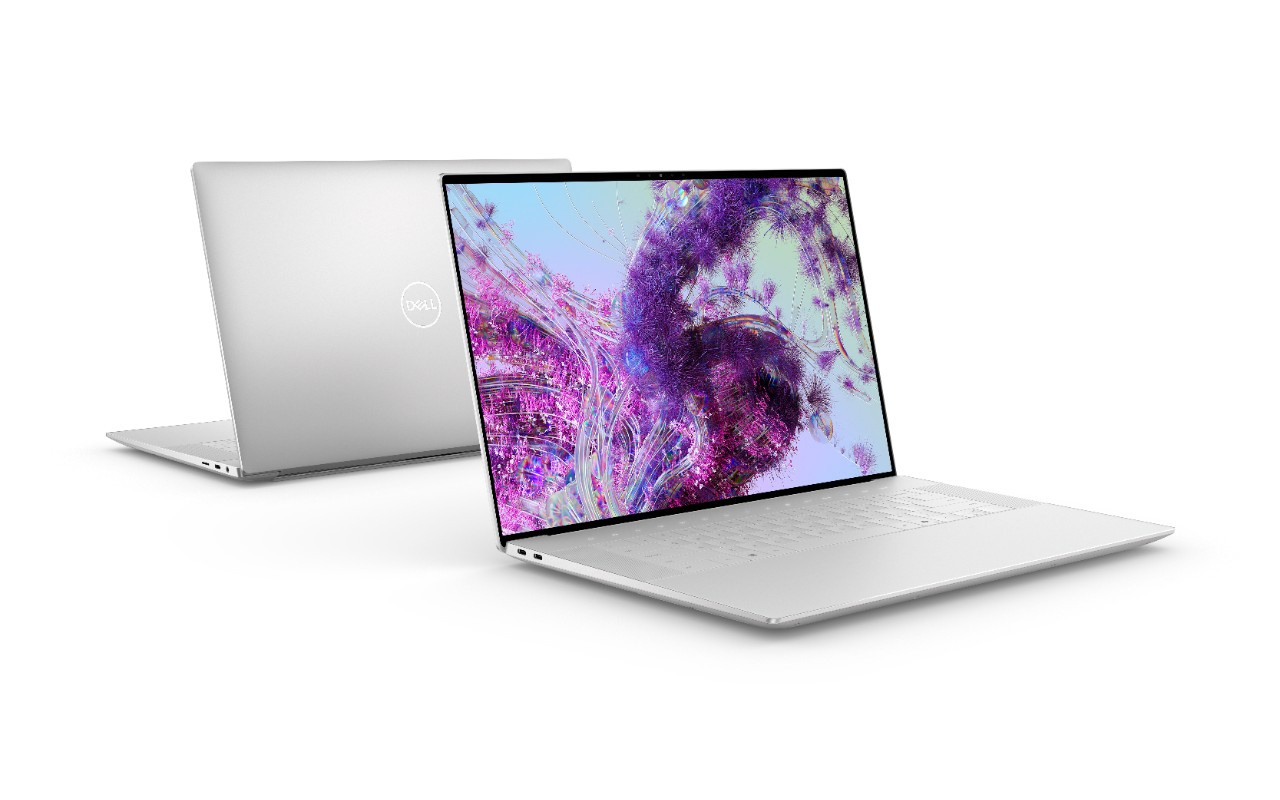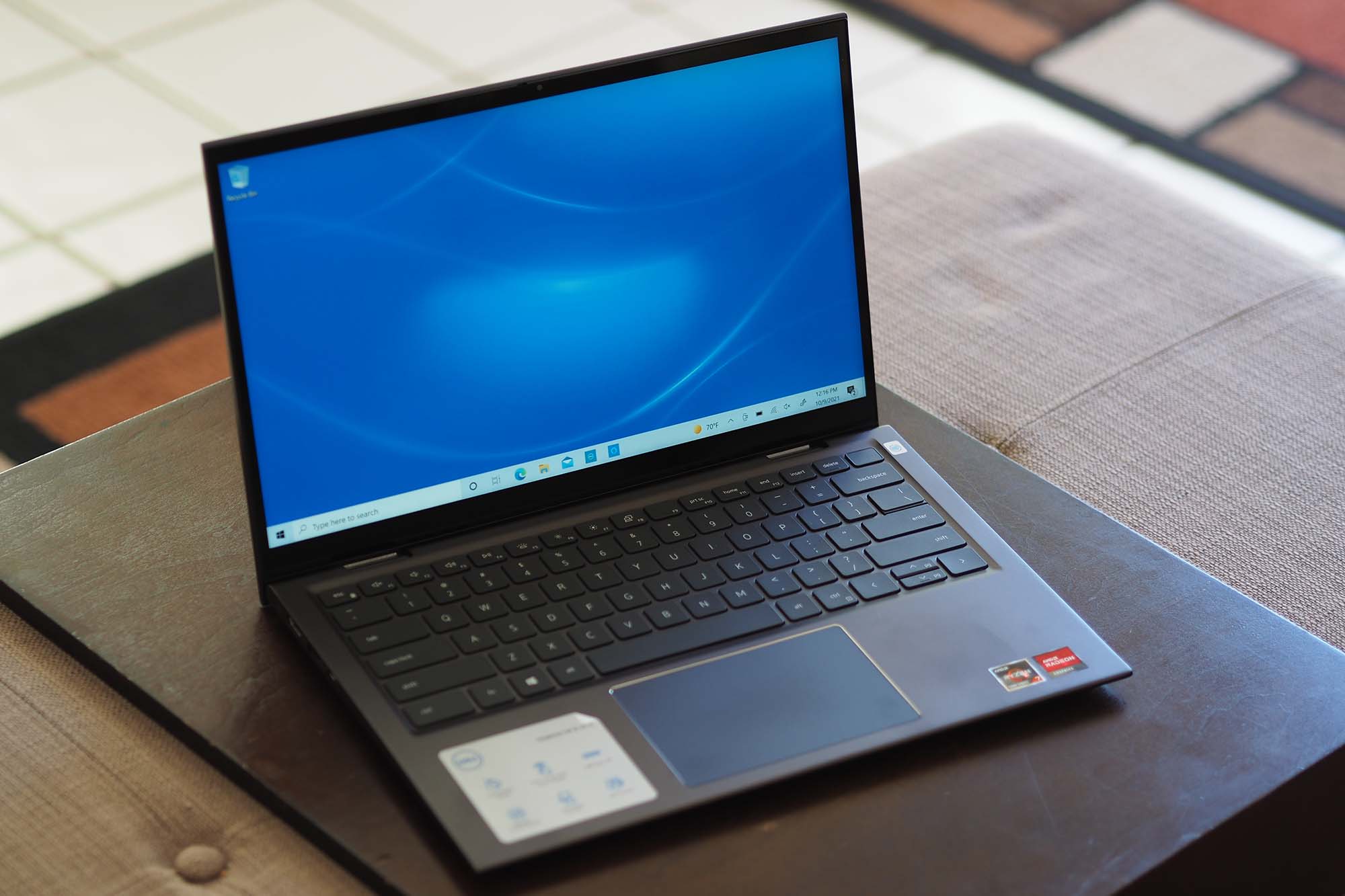Experiencing a Dell laptop that won’t turn on can be frustrating, especially when urgent tasks await. Fortunately, several methods can help revive your laptop and get it back to its operational state. This article outlines a systematic approach to troubleshooting and fixing a Dell laptop that refuses to power on, ensuring you can quickly return to your work or personal activities.
Initial Checks
Verify Power Supply
First, ensure that the issue is not with the power source. Check if the laptop’s power adapter is correctly plugged into a working electrical outlet. Sometimes, the problem might be as simple as a loose connection or a faulty power socket. If available, try a different charger or outlet to rule out these concerns.
Inspect for Physical Damage
Before proceeding with more technical solutions, physically inspect your laptop for signs of damage. Look for noticeable issues such as a frayed charging cable, signs of liquid damage, or anything unusual with the battery (if accessible). Addressing physical damage often requires professional repair.

Battery and Power Reset
Performing a Hard Reset
A hard reset can resolve issues stemming from software glitches or temporary hardware conflicts. To perform a hard reset on a Dell laptop, disconnect the charger, remove the battery (if possible), then press and hold the power button for 15-20 seconds. This action drains residual power and can resolve booting issues. Reconnect the battery and charger, then attempt to turn on the laptop.
Battery Check
If the laptop still does not turn on, the issue might be with the battery. On laptops with removable batteries, take out the battery and try powering the laptop with only the charger connected. If the laptop powers on, the battery may need replacement.

Hardware Component Check
RAM and Hard Drive
Loose or faulty RAM and hard drive components can prevent a laptop from booting properly. If comfortable opening your laptop, inspect these components. Ensure they are securely in place. For RAM, consider removing and reinserting it to ensure a firm connection. Perform similar checks with the hard drive.
External Peripherals
Disconnect all external peripherals such as USB devices, external hard drives, or secondary monitors. These devices can sometimes cause conflicts that prevent the laptop from powering on. After disconnecting, try turning on your laptop again.

BIOS and Firmware Checks
Accessing the BIOS
If your laptop shows signs of life (like fan noise or LED lights) but doesn’t fully boot, try accessing the BIOS or UEFI firmware settings. Press the specific key (often F2 or DEL) immediately after powering on to access BIOS. If successful, the issue may not be hardware-related, but rather with the boot sequence or operating system.
Updating or Resetting BIOS
In some cases, an outdated or corrupted BIOS can cause startup issues. If you can access the BIOS, look for an option to reset it to its default settings. Consult Dell’s official support documentation for guidance on updating the BIOS, as this process can vary by model and carries some risk if done improperly.

Software and Operating System Solutions
Safe Mode and System Diagnostics
If you can start your laptop but it doesn’t boot to Windows, try launching it in Safe Mode. This mode loads the operating system with minimal drivers and can help troubleshoot software issues. Additionally, use Dell’s built-in diagnostics tools (usually accessed by pressing F12 at startup) to scan for hardware problems.
Operating System Repair or Reinstallation
Corrupted system files or a damaged operating system can also prevent a laptop from starting. Consider using Windows recovery options to repair the system. In extreme cases, reinstalling the operating system might be necessary. Ensure you have backups of important data before proceeding.

Seeking Professional Help
Contacting Dell Support
If none of the above steps resolve the issue, it’s time to reach out to Dell Support. Their technicians can offer more in-depth troubleshooting steps, and if needed, repair services. Ensure you have your laptop’s model and service tag ready to expedite the support process.
Authorized Repair Centers
For physical damage or complex hardware issues, seek assistance from an authorized Dell repair center. Professional technicians have the expertise and tools to diagnose and fix problems that are not easily solvable at home.
Advanced Troubleshooting Techniques
External Monitor Testing
If your Dell laptop seems to power on but nothing displays on the screen, the issue might be with the laptop’s display rather than the device’s ability to turn on. Connect your laptop to an external monitor or TV using an HDMI or VGA cable. If the external display works, the issue likely lies with the laptop’s screen or related components. This could range from a faulty display cable to a damaged screen itself. Identifying the display as the culprit can narrow down your troubleshooting efforts and potentially save significant time and resources.
Cooling System Check
Overheating can cause laptops to shut down unexpectedly or fail to start. Dust buildup in fans and heat sinks impedes cooling, leading to thermal shutdowns. If your laptop has been unusually hot before it stopped turning on, overheating might be the issue. Carefully cleaning the vents with compressed air and ensuring the cooling system operates correctly can prevent such issues. However, if the laptop is still overheating despite a clean cooling system, the problem might be more serious, like a failing fan or thermal paste needing replacement.
BIOS Battery Replacement
The BIOS (Basic Input/Output System) battery on a motherboard powers the BIOS firmware, enabling your laptop to start up and access its hardware components. If your Dell laptop is older and refuses to turn on, the BIOS battery could be depleted. This scenario is more common in laptops several years old, as these batteries typically last around 5 years. Replacing the BIOS battery involves opening the laptop, locating the coin-shaped battery on the motherboard, and swapping it with a new one. This fix is straightforward for those comfortable with handling their laptop’s internals but might require professional help for others.
Patience and Persistence
Troubleshooting a Dell laptop that won’t turn on requires patience and a methodical approach. By following these steps, you greatly increase your chances of identifying and resolving the issue. Remember, when in doubt, professional support is just a call or click away. Keeping calm and systematically addressing potential problems will lead you to a solution and help you overcome the challenge of a non-responsive Dell laptop.


